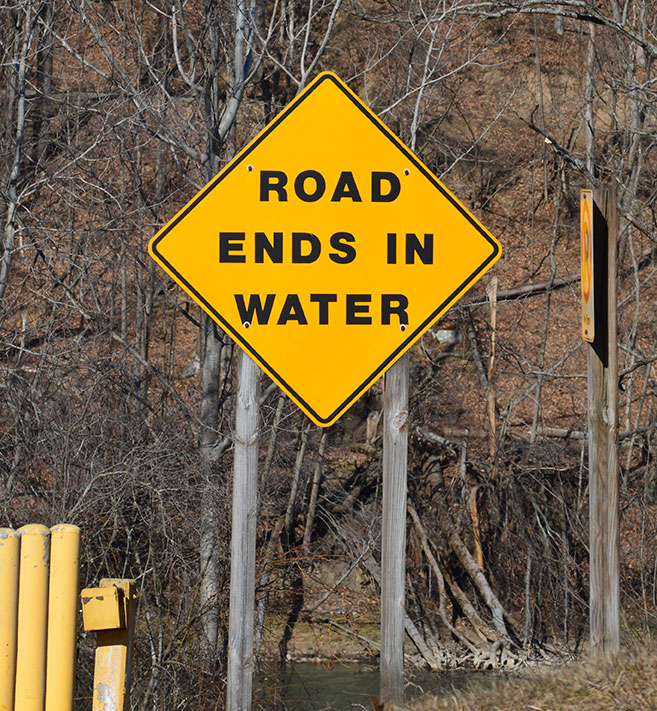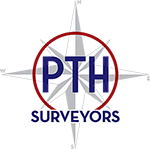ALTA / NSPS
ALTA / NSPS Land Title Survey
Generally referred to as ALTA surveys, they are boundary surveys that meet the standards set forth by the American Land Title Association (ALTA) & the National Society of Professional Surveyors (NSPS)
When purchasing commercial real estate, it is important to protect your investment. For that reason, most purchasers and lenders require Title Insurance. However, before issuing insurance, title insurance companies require a detailed survey showing the property in question. Based on the needs of title insurance companies, ALTA and NSPS have put together a list of minimum requirements for this survey ultimately to be determined by the lender. Minimum Standard Detail Requirements for ALTA/NSPS Land Title Surveys (Effective February 23, 2016).
AS BUILTS
Asbuilt Surveys
An Asbuilt Survey is a Survey that documents the existing conditions after a project is completed. The surveyor obtains field measurements with elevation data showing all improvements built on the site sometimes including utilities servicing the site. An asbuilt survey is a great way to verify that what was constructed was built according to the plans. These surveys are typically performed when required by the local jurisdiction (State, County, Township, or City)
BOUNDARY
SURVEY
Boundary Survey
A Boundary Survey is the best way of marking boundaries to precisely identify the property lines, buildings, and any improvements on a property. The purpose of a boundary survey is to establish or reestablish the physical position and extent of the boundaries of real property. Unless otherwise directed by the client, sufficient monuments which were used to determine the property lines shall be recovered and set on the ground and shown on a plat upon completion of the boundary survey. This will determine the exact position of the property lines and monumented so that they can be recreated with minimal effort.
FEMA
Elevation Certificate
An Elevation Certificate is used to document your building’s elevation, so that it can be compared to the estimated height of projected flood waters to help determine “your flood risk and the cost of your flood insurance.”
Per FEMA, “If your home or business is in a high-risk area, your insurance agent will likely need an elevation Certificate (EC) to determine your flood insurance premium.” These high risk areas, or Special Flood Hazard Areas (SFHA) are described by FEMA as “the area that will be inundated by the flood event having a 1-percent chance of being equaled or exceeded in any given year.” The “1-percent” flood event is also commonly referred to as the 100-year storm.
FEMA has put together a guide to help property owners determine if they need an Elevation Certificate:
Elevation Certificates: Who Needs Them and Why
For more information, visit FEMA’s webpage on Elevation Certificate
Letter of Map Amendment (LOMA)
A Letter of Map Amendment (LOMA) is typically issued “because a property has been inadvertently mapped as being in the floodplain, but is actually on natural high ground above the base flood elevation.”
A LOMA is an “official amendment, by letter, to an effective National Flood Insurance Program (NFIP) map.” Much like how the Elevation Certificate helps to establish the building’s elevation as compared to the Special Flood Hazard Area (SFHA), as outlined above, the LOMA establishes a property’s elevation in relation to the SFHA.

OIL & GAS
Whether your project involves permitting and drilling one well, or one hundred wells, PTH Surveyors has you covered. From the initial design to production, we offer all related services including:
- Lease Map, Preliminary Design & Layout
- Wetland Delineation
- Well Stake-Out, Access Road Layout & Design
- Well Plats & Well Permits
- E&S Plans
- Well Pad Site Plans
- PADEP General Permits When Required
